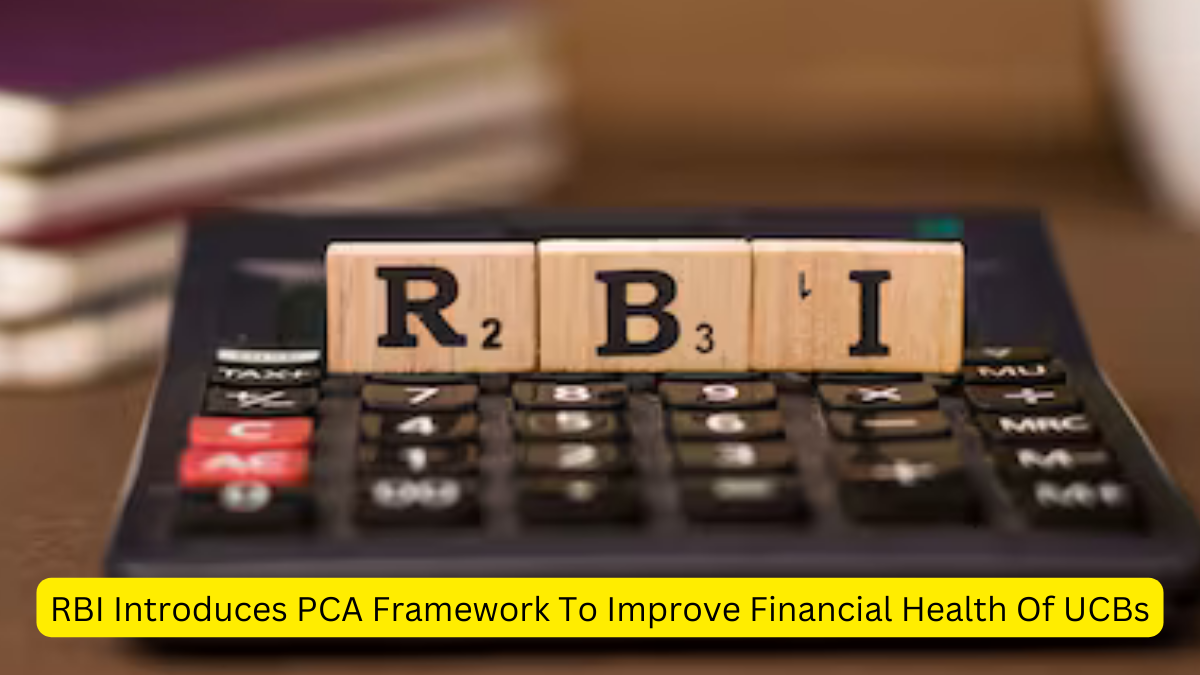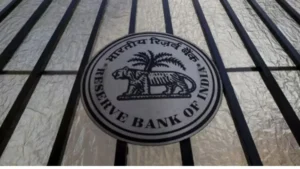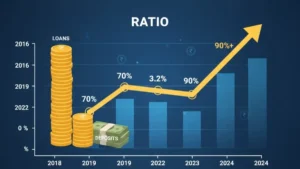The Reserve Bank of India (RBI) on July 26 prescribed a Prompt Corrective Action (PCA) framework for relatively weak urban co-operative banks (UCBs), with deposits above ₹100 crore (upper tier category), to nurse them back to health. As per the framework, a financially unsound and ill-managed UCB can be brought under PCA if it breaches the risk thresholds of identified indicators pertaining to capital and profitability (net profit).
Objective of the PCA Framework
RBI said the objective of the PCA Framework is to enable supervisory intervention at an appropriate time and require the UCBs to initiate and implement remedial measures in a timely manner, to restore their financial health.
Classification USBs as Tier
Currently, there are around 1,500 UCBs in the country. RBI classifies UCBs as Tier-I (deposits up to ₹100 crore); Tier-2 (more than ₹100 crore and up to ₹1,000 crore); Tier-3 (deposits more than ₹1,000 crore and up to ₹10,000 crore); and Tier-4 (above ₹10,000 crore). Tiers 2 to 4 come under the upper Tier.
Three risk thresholds
RBI has prescribed three risk thresholds for invoking PCA for breach of CRAR (10 per cent as of March-end 2024, 11 per cent as of March-end 2025 and 12 per cent as of March-end 2026) below the regulatory minimum – up to 250 basis points (bps); more than 250 bps but not exceeding 400 bps; and more than 400 bps.
- In the case of NNPAs, too three risk thresholds have been prescribed – greater than or equal to 6 per cent but below 9 per cent; greater than or equal to 9 per cent but below 12 per cent; and greater than or equal to 12 per cent.
- In the case of profitability, RBI has prescribed only one parameter “incurred losses during two consecutive years” for breach. In SAF too this was this parameter was prescribed.
RBI’s move on PCA
Vinayak Y Tarale, Expert Director, Maharashtra State Co-operative Banks’ Association, observed that the RBI’s move on PCA is welcome as some of the UCBs may be able to come out of their financially weak position due to the rigour of actions expected to be taken by them. He said there are hardly any instances of the SAF making any UCB whole.
Categorisation of USB
Depending on the risk threshold that a UCB is categorised under, the actions to be taken by them include requiring them to raise capital; restriction on declaration/ payment of dividends/donations and appropriate restrictions on capital expenditure, other than for technological upgradation. Further, they will have to restrict branch expansion and curtail expansion in total size of deposits.
Activate an action plan
The Central Bank may also require these banks to activate an action plan approved by it; undertake a detailed review of the business model in terms of sustainability, the profitability of business lines and activities, medium and long-term viability, etc.; restrict expansion of the size of the balance sheet.
Merger options
Further, a UCB may have to explore merger options if steps taken by it do not appear to be yielding the desired results; seek a Board-approved proposal for merging the UCB with another bank or converting itself into a credit society.




 Delhi Government Brings Finances Under R...
Delhi Government Brings Finances Under R...
 Rising Loan-to-Deposit Ratios Put Pressu...
Rising Loan-to-Deposit Ratios Put Pressu...
 Karur Vysya Bank Cuts Base Rate and BPLR...
Karur Vysya Bank Cuts Base Rate and BPLR...







